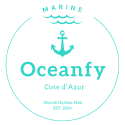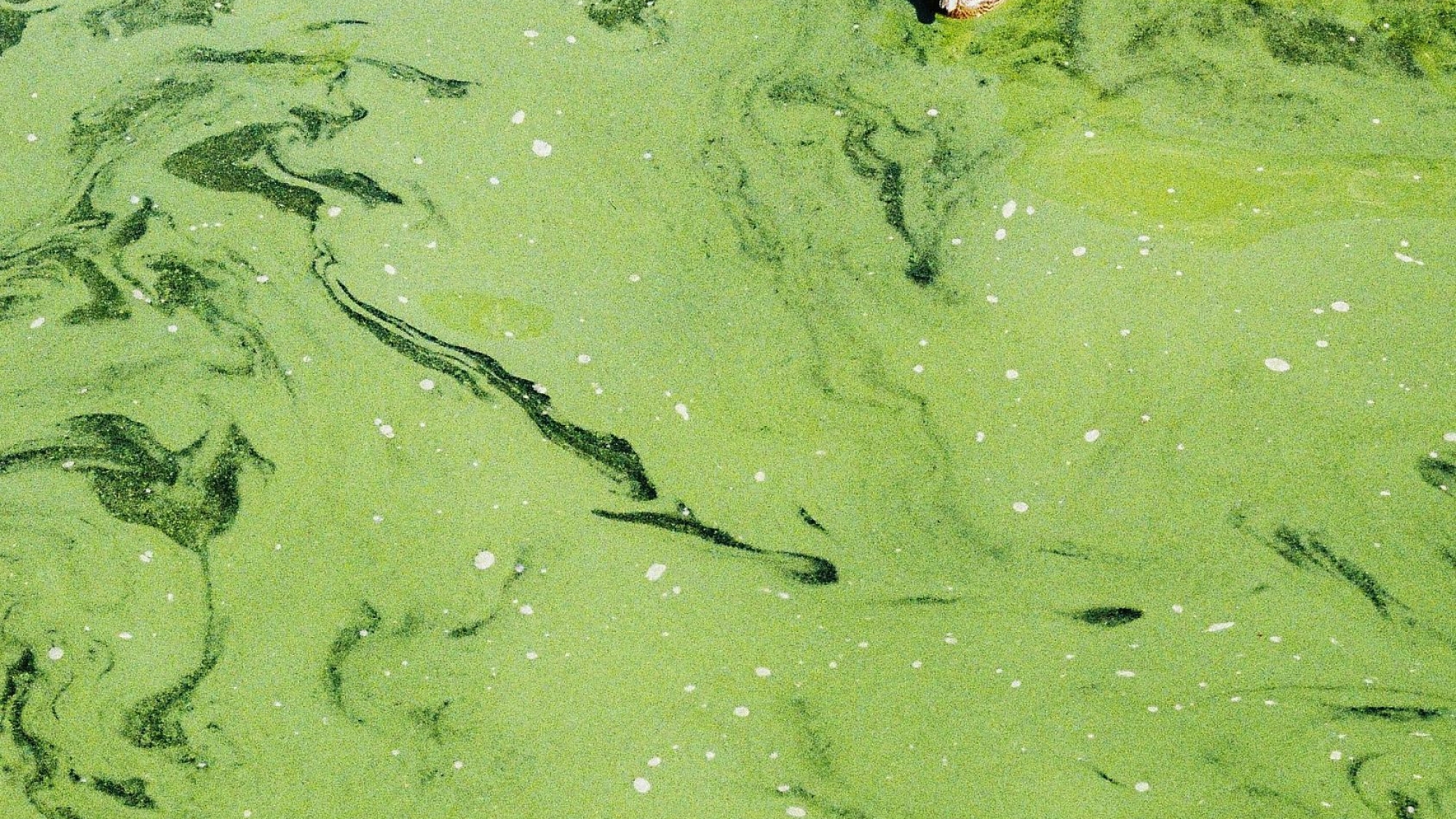As a boat owner, you know that nothing quite compares to the freedom and excitement of being out on the water. However, enjoying our beautiful oceans, lakes, and rivers comes with a responsibility to protect them. Unfortunately, some common boating practices can harm the environment. At Oceanfy, we’re passionate about promoting sustainable marine care, so let’s dive into the worst yachting and boat practices that can negatively impact our ecosystems and what you can do to avoid them.
1. Improper Waste Disposal
One of the most significant environmental hazards on the water is the improper disposal of waste. Many boaters still discharge sewage directly into the water, despite regulations against it. This practice can lead to nutrient pollution, harming aquatic life and creating harmful algal blooms.
Solution: Always use pump-out stations for your sewage. Many marinas now offer facilities to properly dispose of waste. Investing in a high-quality holding tank can also help ensure you don’t accidentally discharge waste into the water.
2. Using Harmful Bottom Paints
Bottom paints are essential for protecting your boat’s hull from barnacles and other marine growth. However, many traditional antifouling paints contain toxic substances, like copper and biocides, that can leach into the water, harming marine ecosystems.
Solution: Consider using eco-friendly bottom paints. These alternatives can effectively prevent growth without compromising the health of marine life. Research and choose products that are certified as environmentally friendly.
3. Neglecting Fuel Spills
Fuel spills can occur during refueling, and neglecting to clean up these accidents can have dire consequences. Even small spills can harm aquatic ecosystems, affecting fish and other marine organisms.
Solution: Always use absorbent pads to catch spills and avoid overfilling your tank. Many marinas provide fuel dock attendants who can help you refuel safely. Carrying a spill kit onboard is also a great proactive measure.
4. Excessive Speeding in Sensitive Areas
Driving at high speeds in sensitive marine areas, like estuaries and shallows, can disrupt wildlife habitats and lead to erosion. Fast-moving boats can also create large wakes that damage shorelines and disturb marine life.
Solution: Observe posted speed limits and always slow down in shallow or sensitive areas. Not only will this help protect the environment, but it can also enhance your boating experience by allowing you to spot wildlife.
5. Ignoring Invasive Species
Boaters can inadvertently transport invasive species from one body of water to another through their boats and equipment. These species can outcompete native flora and fauna, leading to ecological imbalances.
Solution: Before launching your boat in a new location, ensure it’s clean and free of any aquatic plants or animals. Always check your trailer and equipment for hitchhikers, and consider using a power washer to clean your boat after use.
Conclusion
At Oceanfy, we believe that by making small changes to your boating practices, you can significantly contribute to the health of our oceans and waterways. By being mindful of your actions, you not only ensure a sustainable boating experience for yourself but also help protect the beautiful environment we cherish. Together, we can enjoy our time on the water while being responsible stewards of our marine ecosystems.


Leave Your Comment